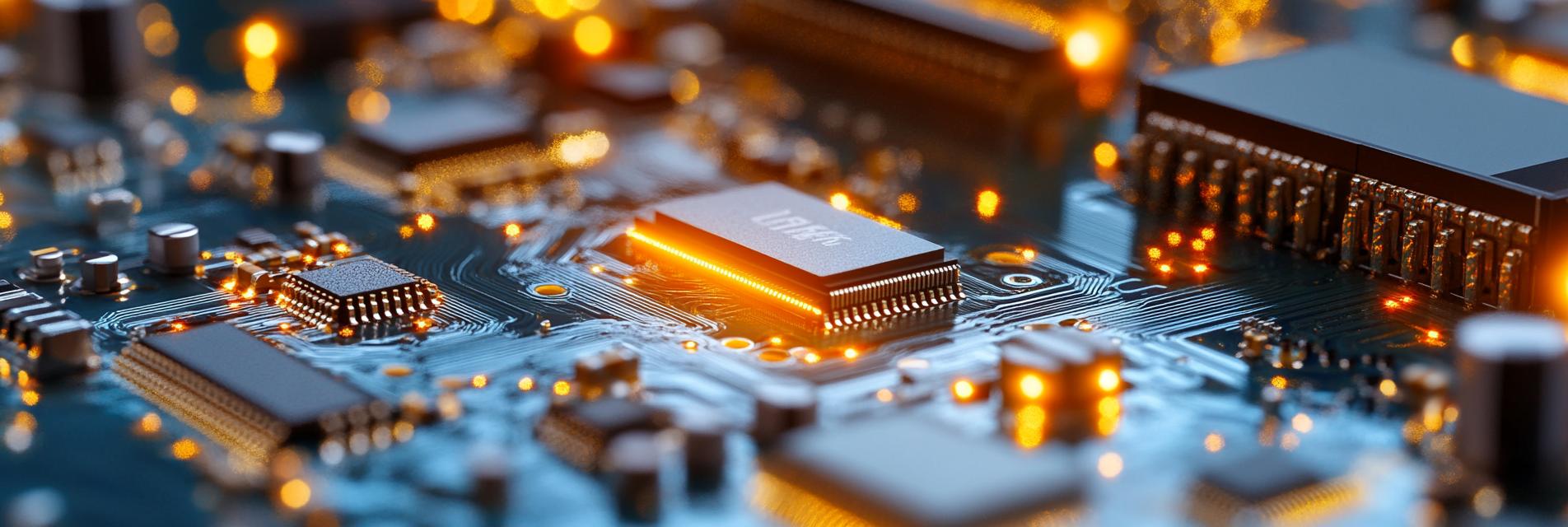The automotive industry is rapidly evolving, with an increasing reliance on electronic components to enhance vehicle functionality. Among these components, Printed Circuit Boards (PCBs) play a critical role in ensuring the performance and reliability of automotive electronics. This article delves into the manufacturing standards for automotive PCBs, highlighting their importance and the best practices surrounding their production.
Automotive PCBs are subjected to rigorous conditions, including temperature fluctuations, vibrations, and exposure to chemicals. Therefore, adhering to specific manufacturing standards is essential to guarantee longevity and reliability. These standards help mitigate failures that can result in costly recalls and warranty claims. In addition, high-quality PCBs contribute significantly to the safety and functionality of modern vehicles.

Several international standards govern the manufacturing of automotive PCBs, including:
To achieve compliance with these standards, manufacturers should adopt the following best practices:
In conclusion, understanding and adhering to automotive PCB manufacturing standards is vital for producing high-performance and reliable electronic components. As the automotive landscape continues to evolve, staying abreast of the latest trends and best practices in PCB manufacturing will provide a competitive edge and drive success in the industry.
